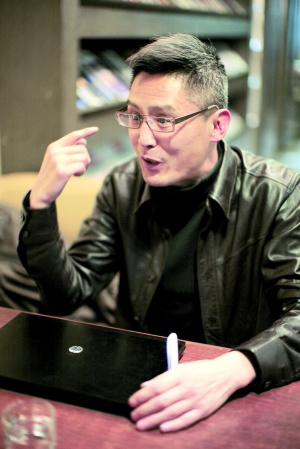Beijingers in Japan to study waste disposal technology
|
|
|
Huang Xiaoshan |
The Beijing City Government has invited a resident representative to visit Japan to study solutions to the city's massive waste treatment problem.
The delegation, which left Beijing February 22, also includes government officials, experts and journalists. After visiting a number of Japanese cities they will return via Macao. The trip is intended to help the city government and residents agree a solution to Beijing's waste disposal problems.
According to waste treatment expert Wang Weiping, the delegation will study how Japan deals with waste disposal.
Wang said waste disposal not just an issue for the government but also for local residents. He said it is a good gesture on the part of the government to involve a resident in the trip. The government should cooperate with local residents to look for a proper solution, he added.
Huang Xiaoshan is a vehement opponent of the Asuwei Waste Incineration Power Plant, currently under construction in Beijing's Changping District. He lives in an up-market apartment complex next to the proposed site of plant. He and fellow residents have been trying to block the project. They have submitted an alternative waste treatment proposal to the government.
Huang has prepared 22 detailed questions that he wants to ask in Japan. He has packed a camcorder, a digital camera and a computer and plans to share his findings on the Internet.
He wants to find out how the Japanese transports, sort and burn waste and in particular how Japan makes refuse-derived fuel (RDF) – a technology that has aroused considerable interest in China, he said.
He plans to visit residents living close to garbage incineration plants and ask them about their concerns and their relations with the local government.
"The waste incineration issue is not just about technology. America, Japan and Europe all burn waste but nobody protests there," he said. "Our big concern is pollution. If China had technology as advanced as the West for garbage incineration, and if China follows Western practice on the law and compensation mechanisms, I don't think there would be protests any more in China."
Huang said he does not believe resident demonstrations are productive, as the authorities simply relocate incineration plants to contaminate other places. Instead, he said, residents and government should work together. "I think only by talking to each other can government and residents reach a win-win solution. I hope Beijing can find a way to do that," he said.
The Asuwei Waste Incineration Power Plant is proposed extension to an existing treatment plant that has been overloaded for some time. Planned to complete in 2015, the new facility would be the largest of its kind in Asia, capable of processing all waste generated by the 350,000 residents of Beijing's Dongcheng, Xicheng and Changping districts.
But residents have been protesting since 2006, when they first heard of plans to build the plant.
In 2009, the Beijing government gave the go-ahead for the project to start by the end of the year. In July, authorities issued a report giving the plan an environmental clean bill of health. But residents refused to accept its findings and staged demonstrations and a motorcade. They later protested outside an exhibition mounted by the Beijing sanitation department.
 0
0 








Go to Forum >>0 Comments